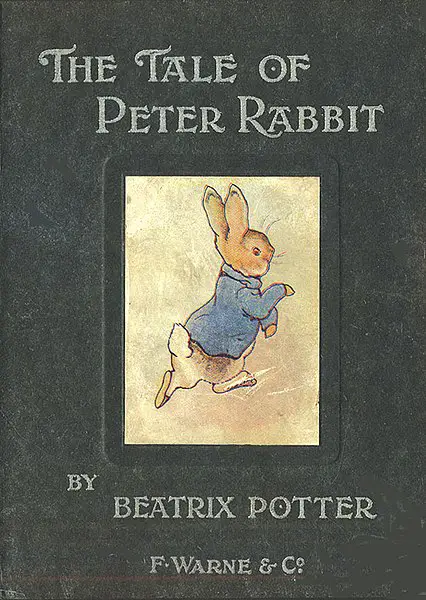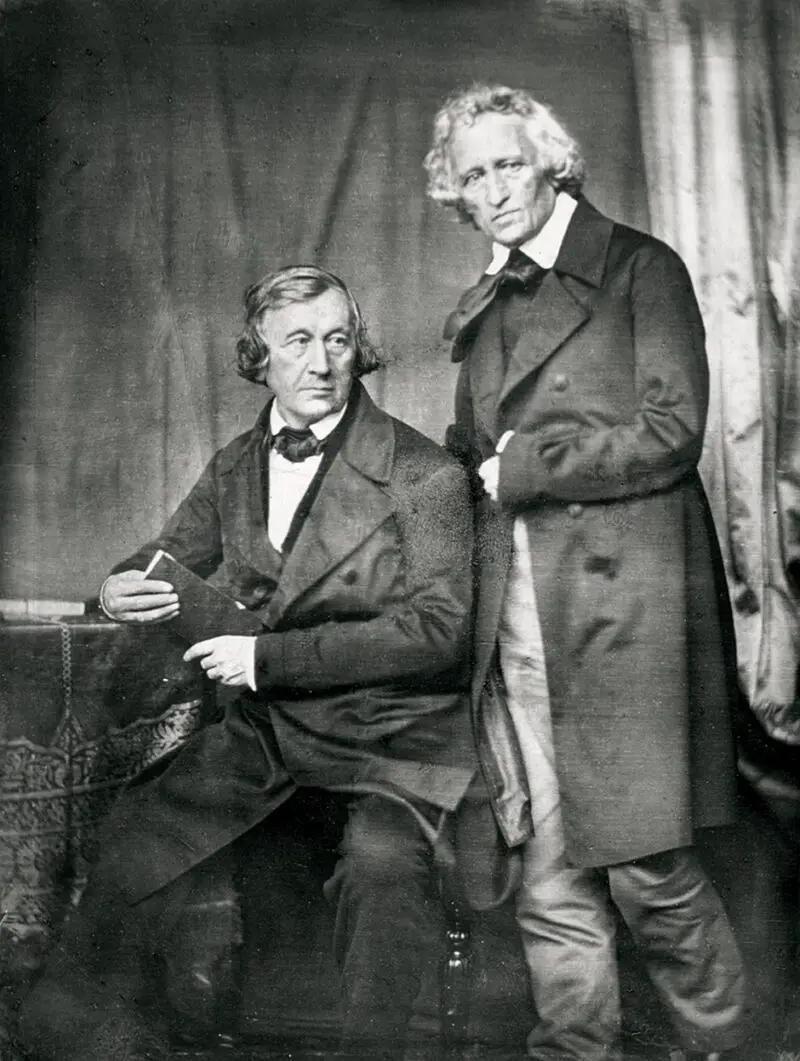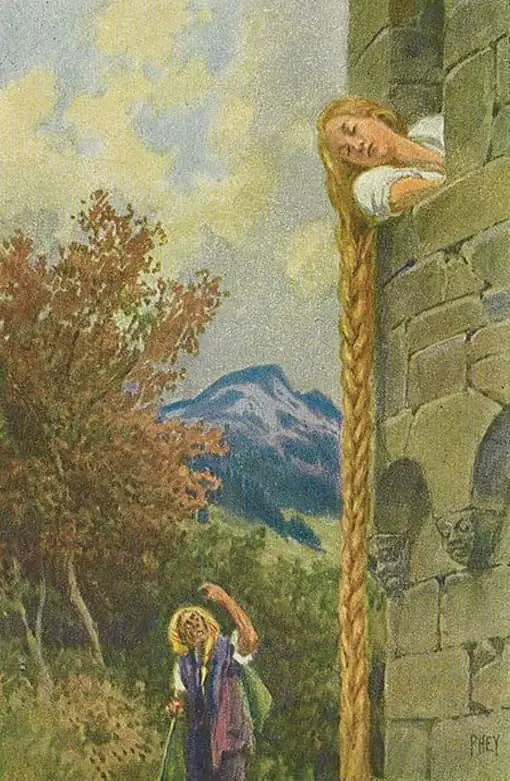When we think of fairy tales, most of us imagine fawns cavorting in the forest, bluebirds spinning Cinderella’s ragged dress into a beautiful ball gown, and cute bunnies all to the backdrop of uplifting music. And at the end of the story, there is a simple moral to be learned that everyone knows will contribute to living happily ever after.
One of the first modern authors to turn fairy tales upside down for a new spin was Jon Scieszka with The True Story of the 3 Little Pigs. Many authors have now followed this trend by taking the fundamental characters or ideas from well-loved tales and turning them into modern stories with an appeal to modern children. However, instead of looking forward, I would like to look back to a time when the bunnies in the fairy tales were not so cute.
Lessons From Aesop
There may or may not have been one Aesop. The stories attributed to this Greek writer in the 6th and 7th centuries B.C. may actually have come from many writers. What we do know is that every tale ends with a clearly stated lesson for a young child to learn. In these stories, large frogs crush and kill smaller ones, noisy grasshoppers are tricked into being eaten, oak trees bragging of their strength are put in their place (and ripped from the ground) by a storm, and goats too stubborn to take turns are drowned in a raging river. All of these stories may teach worthwhile lessons, but you wouldn’t want to read them to your child at bedtime.
From the Bunnies …

Let’s talk about cute bunnies. Beatrix Potter wrote and illustrated what has been described (by the Beatrix Potter Society) as the most beloved children’s book of all time. I think everyone has seen wonderfully cute drawings of Peter Rabbit. The drawings from the original early 20th-century edition are indeed delightful. Peter has long, fuzzy-looking ears, a button nose, and bright eyes. He wears a blue cape while his sisters are appropriately (for the times) dressed in pink. Mrs. Rabbit is seen in a crisp, white apron. As the little bunnies set out for a day of collecting berries, Mrs. Rabbit cautions them against straying into Mr. McGregor’s garden. Any reader can tell from the expression on Peter’s face that he is thinking “Why not?”
We find out as we turn the page to the second illustration. The text explains that the children’s father had had an accident there and Mrs. McGregor put him into a pie. The fact of Mr. Rabbit’s demise is startling enough, but it is the illustration that poses the greatest source of fuel for nightmares. Mrs. McGregor is also shown in a crisp white apron as well as a slight smile as she sets down the evening’s dinner of a large meat pie. In the background, colored in the most pleasant of pastels, are Mr. McGregor’s hands ready with a knife and fork and a small child in a high chair also anxiously waving a fork. Even the family dog is sniffing the air with anticipation of a delicious bite…of Peter’s well-cooked father!
To the Grim!
Before Beatrix Potter’s The Tale of Peter Rabbit was published in 1902, there was the collection of the Brothers Grimm. Despite the fact that many of their tales have been recast into lovely illustrated books and animated movies, Jacob and Wilhelm Grimm were born with a highly suitable last name. The stories they collected, many of which had been circulating for hundreds of years, were definitively grim!
Cinderella

As a child, I loved the scene in the Cinderella movie where the tweeting birds turned her into a vision of beauty (where were the birds when I needed them?) and the mice were transformed into the drivers of her magical chariot.
Her night at the ball dancing with the prince is the stuff of little girls’ daydreams right up to the point where she escapes just before the stroke of midnight leaving only her tiny shoe behind. The original story, just as in the modern versions, sends the prince in search of this elusive beauty armed only with the lost shoe for identification.
In the Grimm version, each of the two mean stepsisters is urged by their mother to cut off a piece of their own foot in order to fit into the lost shoe. Unfortunately for them, the prince is tipped off to their deception by the blood spurting from the shoe.
After the Prince finds and weds Cinderella and the mean stepsisters return home from the festivities, birds attack and peck out their eyes. According to the story, it’s a suitable punishment for their misdeeds.
Hansel and Gretel
How about Hansel and Gretel? That one gave me nightmares as a child even in the cleaned-up version. The original version has the children’s father intentionally abandoning them in the woods at the urging of their stepmother because there is not enough food to go around. After they stumble across the witch’s house and are being held until she can cook and eat them, Gretel gets the opportunity to push the witch into the stove where she is “burned to death in a horrible way” while screeching dreadfully. The witch may have deserved a comeuppance, but did the story need to be quite that explicit to make the point?
Rapunzel

Blindness, in the Grimm tales, seems to be a favored punishment. Rapunzel is imprisoned by a witch who wants to keep her entirely for herself. When the witch discovers that Rapunzel has been entertaining another visitor after the girl foolishly mentions the prince to her captor, she cuts off Rapunzel’s hair and banishes her to starve alone in the wilderness.
Later, the prince returns for the girl he wants to marry, encounters the witch instead, and then jumps from the tower becoming blinded by scratches from the bramble patch into which he falls. The blind prince would have been doomed to wander aimlessly in the forest if he had not stumbled upon Rapunzel whose tears magically restored his sight. At least, this story had a happy ending despite the horrors that came before.
Sweet Dreams
Modern versions of these fairy tales have become very popular in forms ranging from picture books to be read to toddlers to often-humorous adult versions. The lessons to be learned are still buried in the stories even if those lessons lean more toward the tongue-in-cheek variety than the clear, strict morals that accompanied Aesop’s fables. Parents seeking bedtime stories for their children might enjoy a much more peaceful night themselves if they stick to these modern versions and leave the original tales to history!
